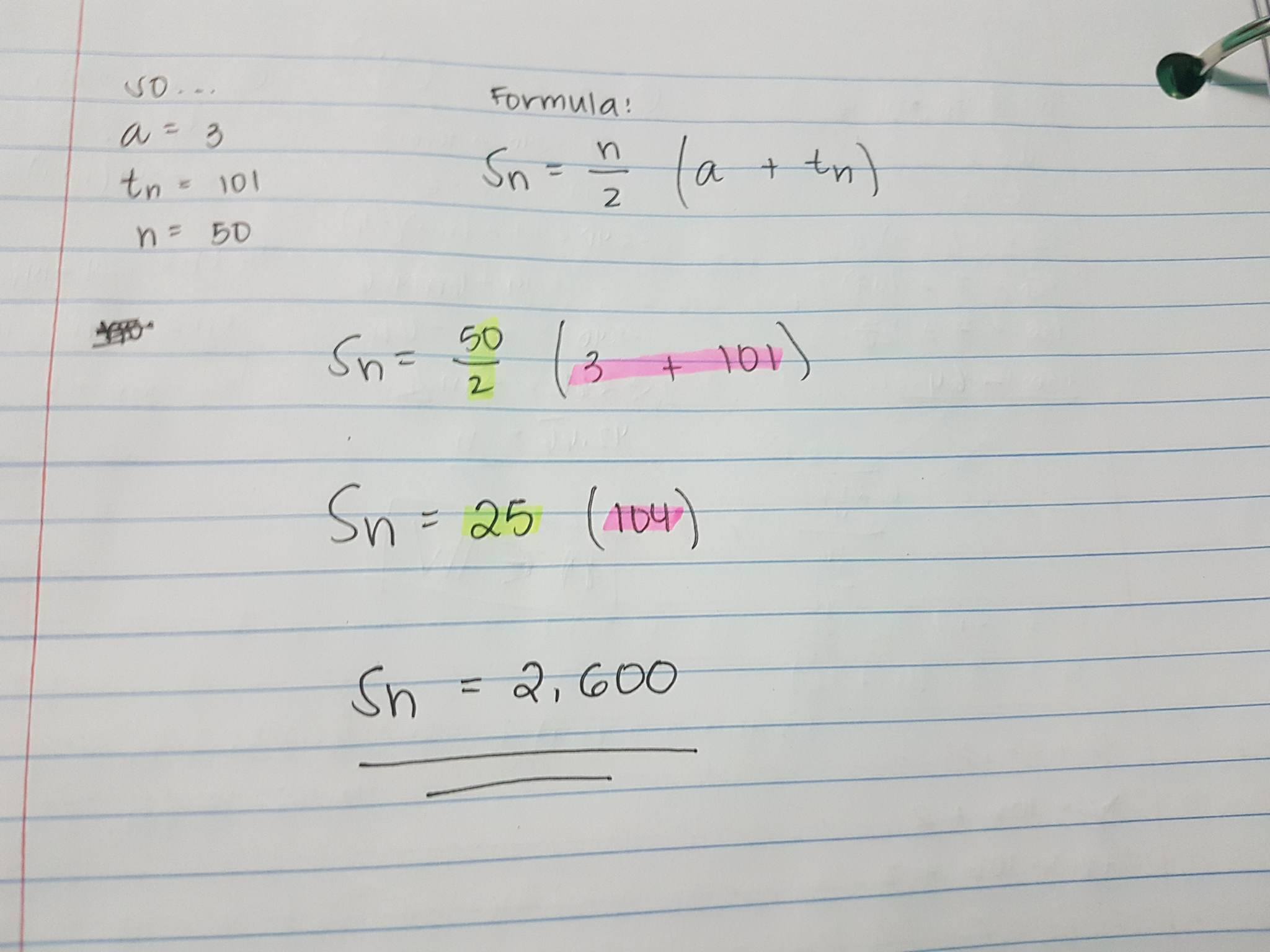Something I’ve learned this week is about absolute values.
Absolute value doesn’t really have a definition. Technically, absolute value is how far away a number from zero is.
The symbol for absolute value is: ∣ ∣
And the value should be inside of those straight lines. E.g. ∣x∣
So, this is how it works. First, let’s look at this number line…

As we can see, “3” is 3 lines away from zero and “-3” is also 3 lines away from zero.
So| 3 | (read as: the absolute value of 3) is 3 and | -3 | is also 3.
Why? Because recalling the technical definition of absolute value, it says “how far” a number is from zero and it’s not asking in which direction it’s from zero. In other words, the absolute value of a number is always positive!
The technical definition should also be like this:
![]()
Meaning, the square root and the power of 2 (or square) will cancel each other out.
NOTE: Absolute value doesn’t work like parentheses. | | should not be mistaken as ( ).
For example, -(-2) is NOT -|-2| because:
-(-2) = +2
-|-2| = -(2) = -2

